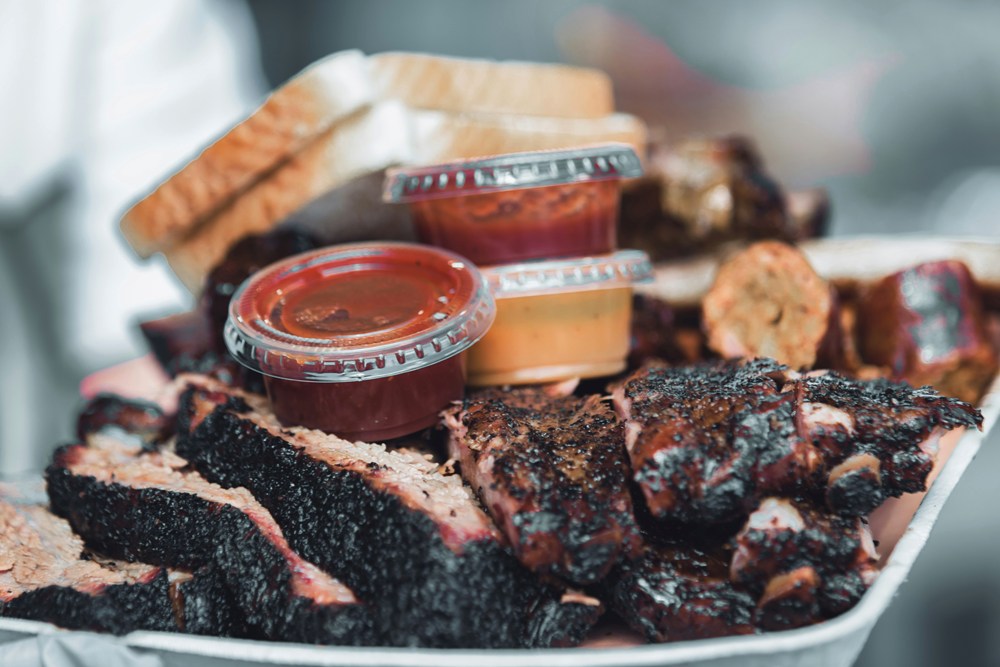
The practice of barbecuing holds a cherished spot in culinary traditions across the globe, yet the techniques utilized to maximize flavor are constantly changing. Central to these techniques is the use of dry rubs—a blend of spices, salts, and sugars that form a crust on the meat, enhancing its natural flavors and creating a tantalizing bark that barbecue enthusiasts crave. As the popularity of BBQ continues to surge, exploring advanced rub techniques becomes essential in pushing the gastronomic boundaries of what can be achieved on the grill.
This article explores the depths of flavor enhancement through innovative dry rub applications, adopted by seasoned pitmasters to revolutionize ordinary barbecue into extraordinary culinary delights. We will maneuver through foundational knowledge, venture into unconventional ingredients, explore ethnic inspirations, discuss the strategic layering of flavors, and adapt these mixtures to various cuts of meat. Each section aims to furnish you with the tools to blend tradition with innovation, for a BBQ flavor profile.
1. The Basics of Dry Rubs
To develop a firm understanding of dry rubs, one should start with their foundational elements: salt, sugar, and spices. Each component plays a distinct role; salt deepens the meat’s natural flavors, sugar sweetens the mix and helps promote deep caramelization, conducive to forming that sought after crust, and spices add complexity and heat. Together, these ingredients meld together during the cooking process, enhancing the depth of the flavors, retaining the succulence of the meat, and forming the tantalizing crust known as the 'bark'. Mastery of these basics sets the stage for further experimentation in barbecue seasoning, providing a canvas on which more detailed flavors can be layered.
2. Experimenting with Unconventional Ingredients
Ingredients such as finely ground coffee add a robust depth to the meat’s flavor, contributing to a subtle bitterness that complements its natural sweetness. Similarly, ground dried fruits—like mangoes or apricots—introduce a fruity tartness, which can balance the heaviness of meats like pork or lamb, engaging the palate with each bite. These unconventional additions are a testament to how striking the right balance of flavors can transform a simple barbecue into a gourmet experience.
3. Incorporating Ethnic Flavors
Many pitmasters are now turning to global cuisines to invigorate their dry rub concoctions with a fresh vibrancy. By integrating spices typical of Mexican, Asian, and Middle Eastern food, culinary artists are crafting rubs that encapsulate a rich cultural heritage. For instance, the incorporation of cumin and coriander, staples in Middle Eastern kitchens, can add a warm, earthy tone to meat that sings on the barbecue. Likewise, the zest and tang of lime and tamarind common in Asian recipes can inject a vibrant, sour kick, perfect for cutting through the fattiness of pork. Mexican influences might bring the profound heat and smokiness of chipotle or ancho chilies into play, enchanting those who crave a spicy profile. Such creative melding of global flavors does more than enhance taste; it bridges culinary traditions, fostering a barbecue experience that is as culturally enriching as it is deliciously diverse.
4. Layering Flavors
Proficiently manipulating the flavor profile of a BBQ blend is a valuable skill in the culinary realm. Respected pitmasters attribute their success not to luck, but to a thorough understanding of the basics and the purposeful implementation of experiences. An adept pitmaster may begin with a primary layer of salt and pepper to enhance the natural flavors of the meat. Afterward, aromatic herbs such as rosemary or thyme may be introduced, contributing to floral and earthy elements. The complexity increases as spices like paprika and cumin are added, offering warmth and smokiness. To achieve a balanced flavor profile, sweetness from brown sugar or molasses may be folded in, resulting in a caramelized surface upon exposure to heat, known as the Maillard reaction. By methodically layering each ingredient, every bite offers a unique, well-blended flavor, transforming simple grilled meats into exceptional culinary creations.
5. Customizing Dry Rubs for Different Cuts of Meat
Ribs demand a rub that can penetrate the deeper, tougher tissues, thus necessitating coarser spices and a hint of brown sugar to help form the perfect crust during slow cooking. Brisket, with its dense and fatty nature, pairs well with bold flavors like black pepper and garlic powder, which tenderize and reinforce the meaty flavor as the fat renders. Chicken, being milder, benefits from a lighter concoction, often laced with paprika and dried herbs, to enhance without overpowering. Each meat interacts distinctly with different granular compositions and spice mixtures, making it essential to customize according to taste. Through understanding and applying these tailored approaches, one elevates the natural flavors of the meat, leading to a more refined barbecue experience.
Embracing the wealth of knowledge and innovation shared by top pitmasters can dramatically transform your barbecue dishes. This path through diverse dry rub techniques—from mastering basic components to experimenting with unconventional ingredients and integrating ethnic flavors—showcases the potential to elevate the ordinary to the extraordinary. The technique of layering these flavors and tailoring rubs to specific cuts of meat provides a blueprint for not just cooking but crafting experiences that resonate well beyond the last bite. Whether you're an amateur enthusiast or a seasoned griller, incorporating these strategies promises to deepen flavors and enliven gatherings.
MORE ON THE FLASH LIST
































